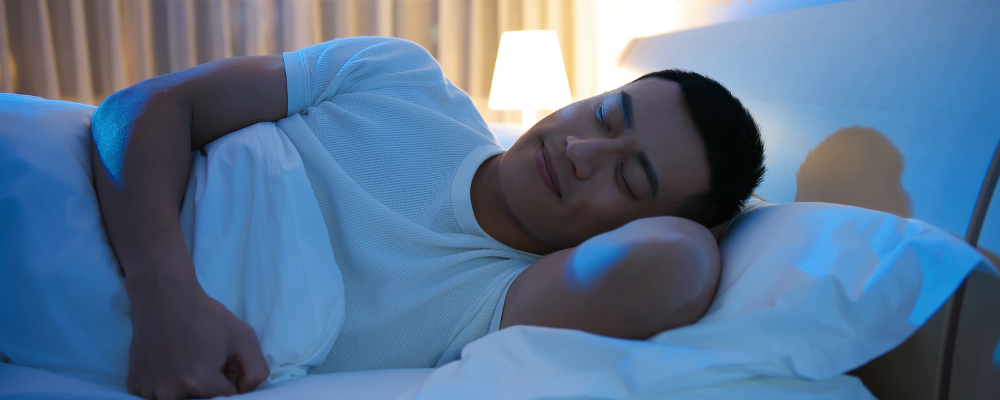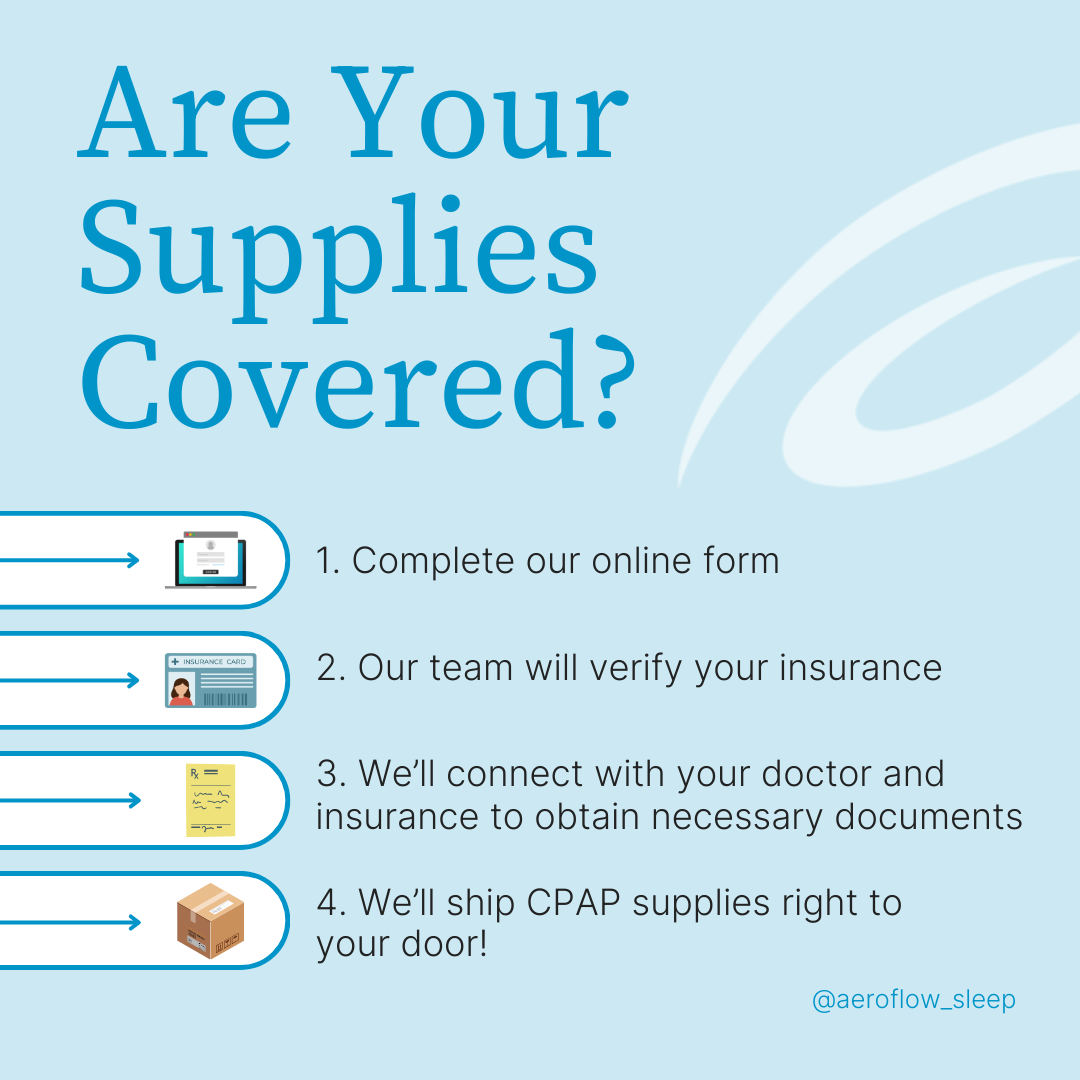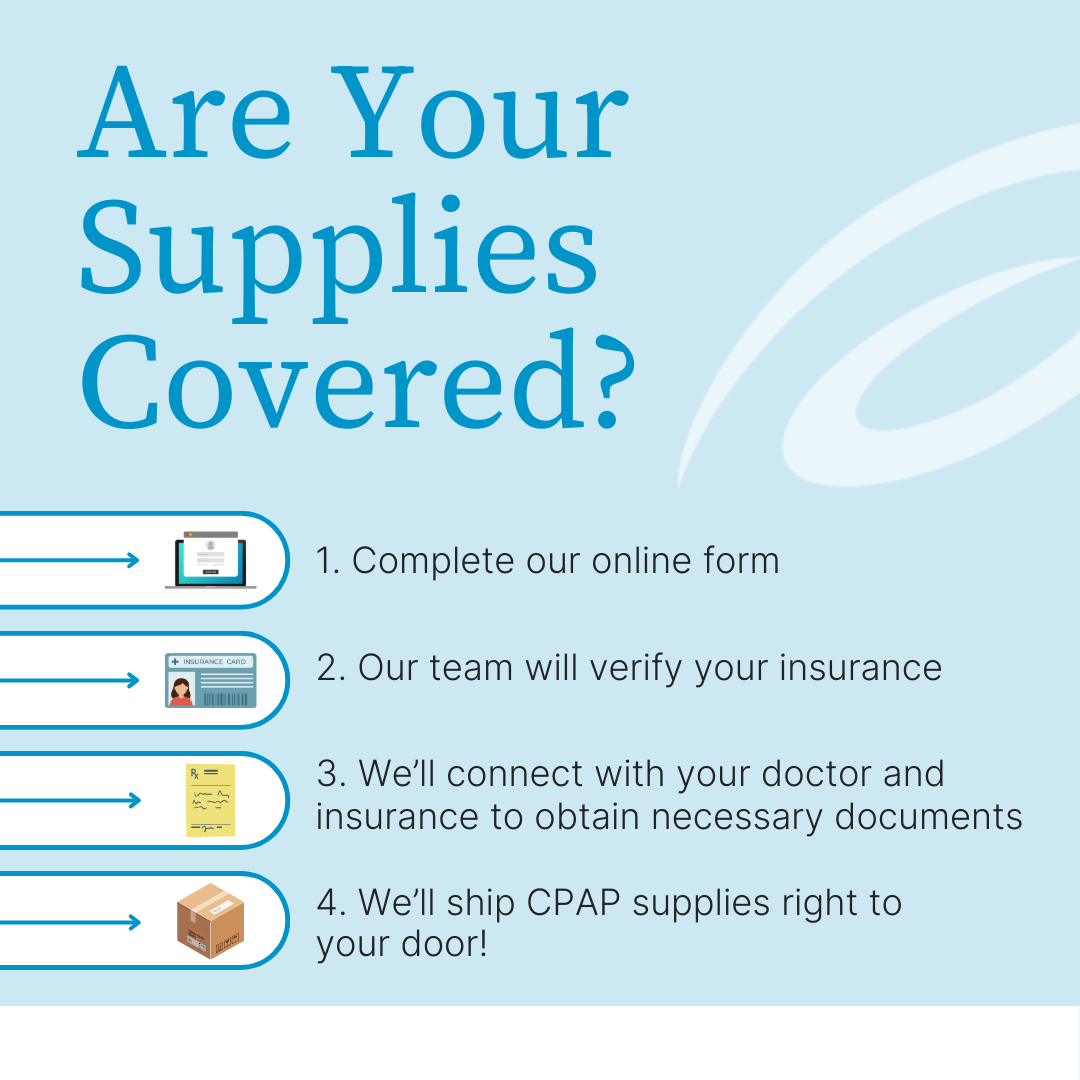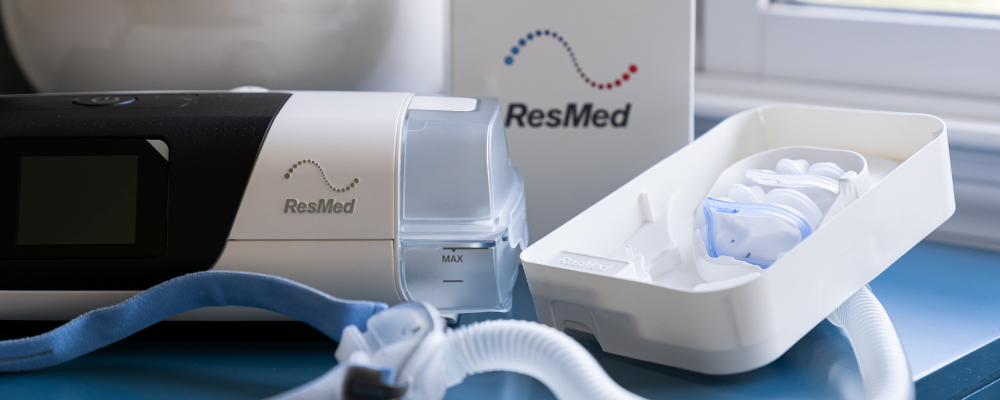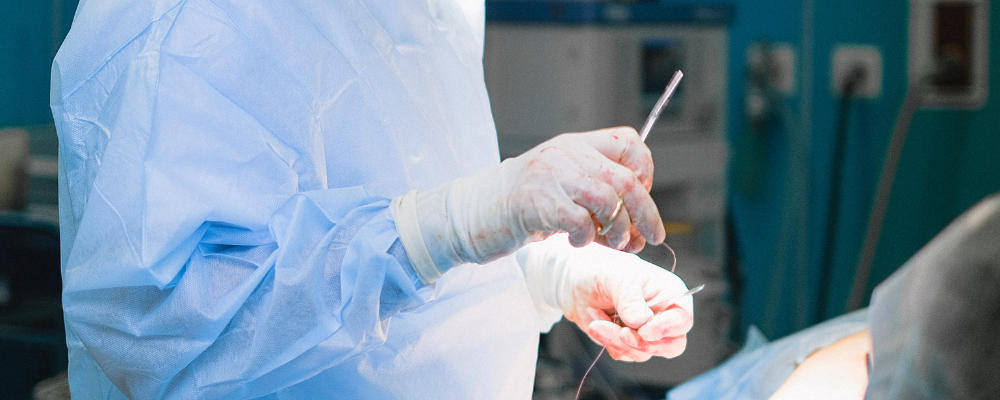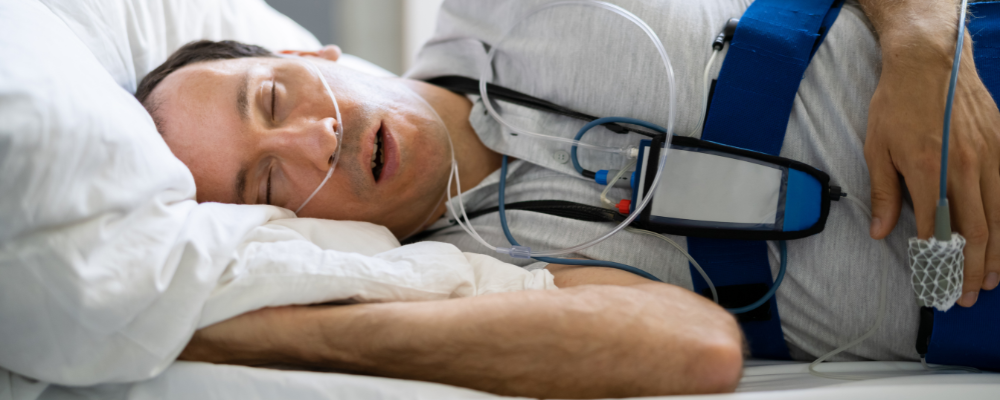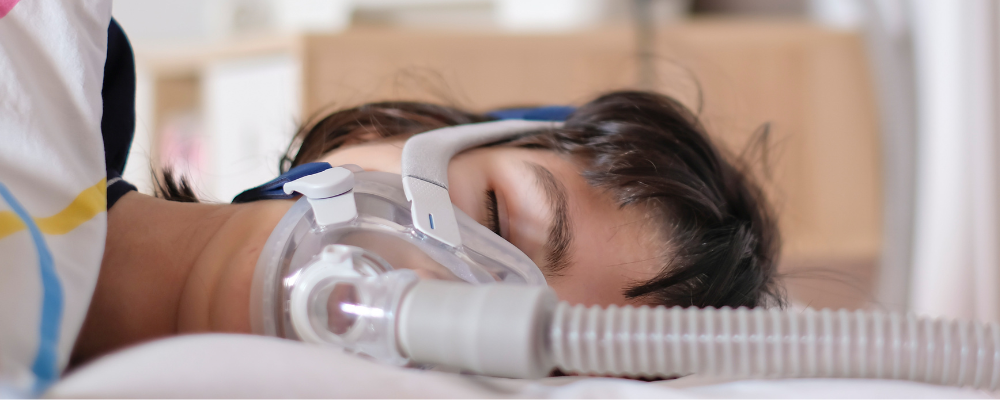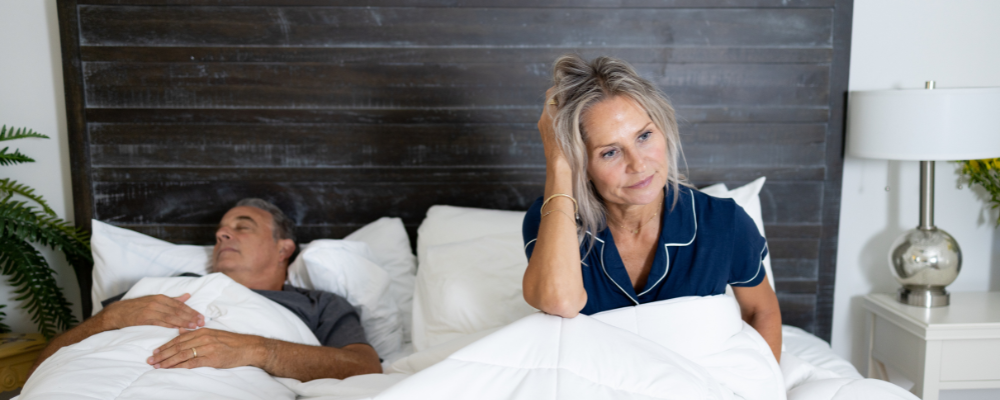If you suffer from loud snoring and daytime sleepiness, you shouldn’t brush it off as normal. In fact, these symptoms may be pointing to something more serious; like a sleep disorder. But is something like sleep apnea a disease you can simply deal with on your own? Aeroflow Sleep has the answer in today’s blog.
Can You Fix Sleep Apnea Yourself?
No; unfortunately, you cannot fix or treat sleep apnea entirely by yourself. Since sleep apnea is a serious health condition, it’s best to first consult with your healthcare provider to determine if you have a sleep disorder or not. Your doctor will likely have you complete a sleep study to determine a sleep apnea diagnosis.
If you are diagnosed with obstructive sleep apnea (OSA,) only then can you seek out effective treatment. Your physician will probably prescribe continuous positive airway pressure (or CPAP,) which is the most common sleep apnea treatment option. There are alternatives to CPAP therapy, so be sure to ask your doctor which is right for you. We’ll explore some options later in the blog.
Additionally, to help improve your symptoms, there are lifestyle changes you can implement alongside the treatment prescribed by your sleep specialist. We’ll also explore what other steps you can take in the next few sections!
How Can Self-Care Help Manage Your Sleep Apnea?
Self-care can help you manage your sleep apnea in a number of ways. First off, it can help reduce your daytime sleepiness and regain your energy. This will ultimately lead to other health benefits; such as fewer sleep apnea symptoms and better cardiovascular health.
Yes, treating your sleep apnea is more than just improving your sleep; it has to do with improving your health, too. Comorbidities are medical conditions that occur at the same time. They tend to be chronic and, in the case of sleep apnea, are often connected, becoming risk factors of one another. Obesity, hypertension, and heart disease, for example, are all comorbidities of OSA. When you improve upon one, the other may improve, too.
But what does self-care look like and what steps should you take? Check out our recommended tips and tricks below!
What Are The Most Effective Self-Care Strategies For OSA?
The most effective self-care strategies for obstructive sleep apnea are:
- Diet & Exercise: Healthy eating and regular physical activity are good for everyone. It’s especially good for those with sleep apnea especially, because weight loss can significantly impact symptom management. Remember, obesity is a common risk factor associated with sleep apnea, so achieving a healthy weight may help reduce sleep apnea symptoms.
- Sleeping On Your Side: Something as subtle as your sleeping position can play a role in your overall sleep quality. For sleep apnea patients, a side-sleeping position is best, because it makes it easier for the upper airway to remain open while sleeping. If you’re currently a back or stomach sleeper, it may be a good idea to try changing that.
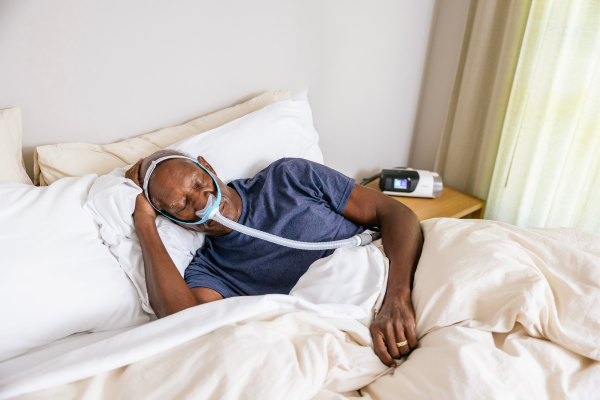

- Trying A Cooler Bedroom Temperature: Did you know that sleeping in a cooler environment may actually help you sleep longer and more efficiently? Research shows that adults with sleep disorders (including sleep apnea) may experience significantly improved sleep quality if they sleep in rooms where the thermostat is set to 60℉.
- Home Remedies: There are a lot of home remedies on the internet, and not all of them work. A few that do…? Honey may help soothe the throat and decrease allergy symptoms, which can help reduce inflammation of the upper airway. Using a humidifier in your bedroom may also help reduce dry mouth, nasal congestion, and a sore throat. Finally, practicing yoga regularly can help improve your oxygen levels, which may have positive impacts on your sleep apnea.
Please Note: Lifestyle changes should not substitute your medical treatment. Rather, they should be used in addition to your prescribed treatment.
What Habits Can Make Sleep Apnea Worse?
While there are strategies that can complement your sleep apnea treatment, there are habits that can do the opposite as well. The following sleep habits can actually make your sleep apnea worse:
- Drinking Alcohol: One or two adult beverages may not seem like a big deal, however it can not only worsen OSA patients’ ability to breathe properly while sleeping but can also exacerbate existing OSA symptoms.
- Taking Melatonin: The throat muscles may actually relax too much and worsen the obstruction causing your sleep apnea if you take melatonin right before bed. It may even cause unsafe interactions with other common medications. Ultimately, it’s best to ask a healthcare professional before treating your sleep apnea with any over-the-counter supplements.
- Sleep Procrastination: Have you ever been so stressed you couldn’t sleep? That’s sleep procrastination, the inability to go to sleep due to a stressor. It can be involuntary or voluntary, and it can lead to negative health problems; like high blood pressure and mental illness.
What Should OSA Management And Treatment Look Like?
OSA management and treatment is whatever you and your doctor have decided is best for you. Here are a few of the most common treatment options available; including some possible CPAP alternatives:
- Oral Appliances: Also known as oral mandibular advancement devices, oral appliances are typically an option for patients who have mild or moderate sleep apnea. These devices work by moving the tongue or lower jaw into a resting position that prevents blockages in your airway while sleeping.
- Positional Aids: Positional aids can help adjust your sleeping position. As we mentioned earlier, sleeping on your side is better than sleeping on your back or stomach for OSA. Positional aids, in the form of sleep wedges or even tennis balls, may be a helpful tool for switching to sleeping on your side.
- Implants: Hypoglossal nerve stimulation implants are an option for individuals with OSA who have not had success with other sleep apnea treatment options. That’s a big list of words to say, these devices monitor breathing patterns and send an electrical pulse to your hypoglossal nerve, reminding your brain to keep the upper airway open while sleeping. An invasive surgery is required to receive an implant.
Click to watch our episode of “Weiss Words” where Dr. Carleara Weiss explains who exactly may be eligible for a sleep apnea corrective surgery.
- CPAP Machines: CPAP is considered the “gold standard” by many sleep medicine professionals. Using a CPAP mask, machine, and tubing, this therapy delivers air pressure to ensure that your body receives constant airflow while sleeping. This treatment option can be used by individuals with all severities of sleep apnea: mild, moderate, and severe. Additionally, it is an option for patients with obstructive and central sleep apnea (CSA) alike.
If you have been diagnosed with sleep apnea, Aeroflow Sleep can help you get your CPAP supplies covered up to 100% through insurance. Let us help you achieve better sleep! If you haven’t already, check your eligibility; new patients who use this link will be entered to win our “Sweet Dreams Of Spring” Giveaway now through April 30, 2024.
References
“Sleep Apnea Treatment.” National Heart, Lung, and Blood Institute, U.S. Department of Health and Human Services, 6 Sept. 2023, www.nhlbi.nih.gov/health/sleep-apnea/treatment#:~:text=A%20breathing%20device%2C%20such%20as,you%20breathe%20while%20you%20sleep.
Valderas JM, Starfield B, Sibbald B, Salisbury C, Roland M. Defining comorbidity: implications for understanding health and health services. Ann Fam Med. 2009 Jul-Aug;7(4):357-63. doi: 10.1370/afm.983. PMID: 19597174; PMCID: PMC2713155.
Fredrik Valham, Carin Sahlin, Hans Stenlund, Karl A. Franklin, Ambient Temperature and Obstructive Sleep Apnea: Effects on Sleep, Sleep Apnea, and Morning Alertness, Sleep, Volume 35, Issue 4, 1 April 2012, Pages 513–517, https://doi.org/10.5665/sleep.1736
“How Self-Care Can Help You Manage Sleep Apnea.” Edited by Chris Mosunic, Calm, Calm, 8 Feb. 2024, www.calm.com/blog/sleep-apnea-self-care.


